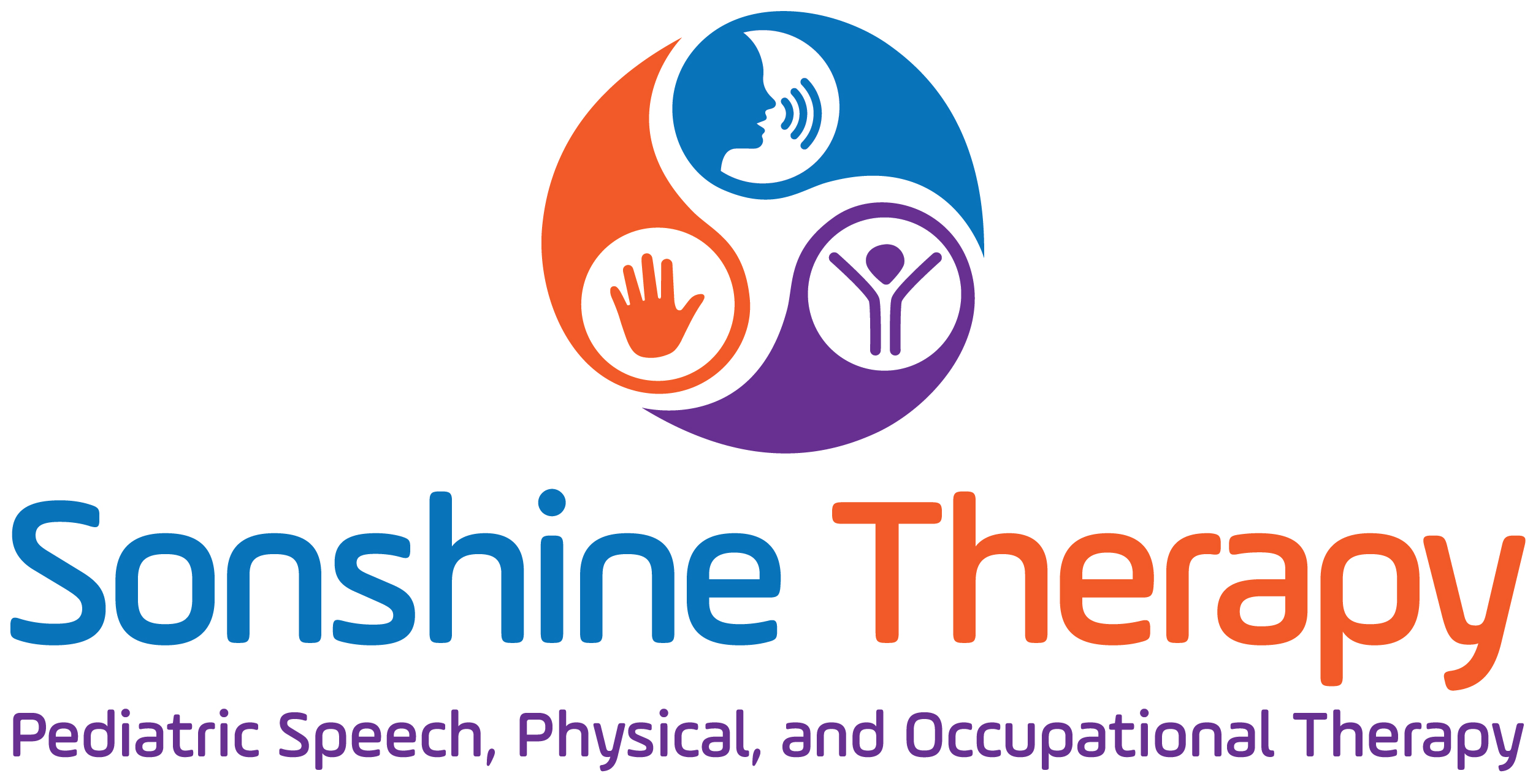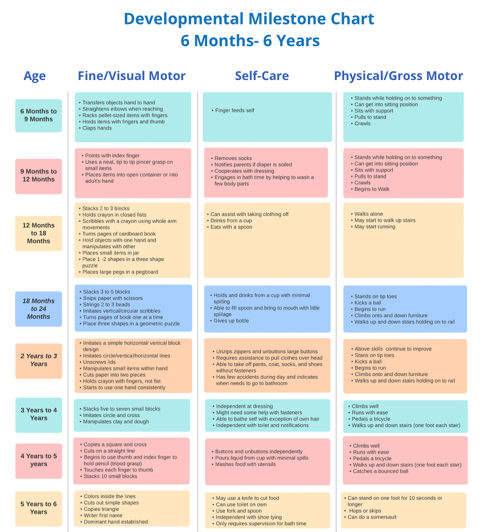Articulation Disorders
Articulation refers to making sounds. The production of sounds involves the coordinated movements of the lips, tongue, teeth, palate (top of the mouth), and respiratory system (lungs). There are also many different nerves and muscles used for speech.
If your child has an articulation disorder, they:
- Have problems making sounds and forming particular speech sounds properly (e.g. they may lisp, so that s sounds like th)
- May not be able to produce a particular sound (e.g. they can’t make the r sound, and say ‘wabbit’ instead of ‘rabbit’).
Phonological disorders
Phonology refers to the pattern in which sounds are put together to make words.
If your child has a phonological disorder, they:
- Are able to make the sounds correctly, but they may use it in the wrong position in a word, or in the wrong word, e.g. a child may use the d sound instead of the g sound, and so they say ‘doe’ instead of ‘go’
- Make mistakes with the particular sounds in words, e.g. they can say k in ‘kite’ but with certain words, will leave it out e.g. ‘lie’ instead of ‘like’.
Phonological disorders and phonemic awareness disorders (the understanding of sounds and sound rules in words) have been linked to ongoing problems with language and literacy. It is therefore important to make sure that your child gets the most appropriate treatment.
It can be much more difficult to understand children with phonological disorders compared to children with pure articulation disorders. Children with phonological disorders often have problems with many different sounds, not just one.
Fluency disorders
Having a fluency disorder means you have trouble speaking in a fluid or flowing way. You may say the whole word or parts of the word more than once or pause awkwardly between words. This is called stuttering. You may speak fast and jam words together, or say “uh” often. This is called cluttering.
These changes in speech sounds are called disfluencies. Many people have a few disfluencies in their speech. But if you have a fluency disorder, you will have many disfluencies when you talk. Speaking and being understood may be a daily struggle.
What causes a fluency disorder?
Experts don’t know the exact causes of fluency disorders. They may be genetic and run in families. They can happen at the same time as another speech disorder. The symptoms of a fluency disorder can be made worse by emotions such as stress or anxiety.
Who is at risk for a fluency disorder?
Theories have included organic, behavioral, and psychological causes of fluency disorders. If members of your family have a fluency disorder, you may be at higher risk to develop one.
What are the symptoms of a fluency disorder?
A fluency disorder causes problems with the flow, rhythm, and speed of speech. If you stutter, your speech may sound interrupted or blocked. It may sound as if you’re trying to say a sound but it doesn’t come out. You may repeat part or all of a word as you say it. You may drag out syllables. Or you may talk breathlessly, or seem tense while trying to speak. If you clutter, you often speak fast and blend some words together or cut off parts of them. You may sound like you’re slurring or mumbling. And you may stop and start speech and say “um” or “uh” often when talking.
Some people use accessory or secondary behaviors to prevent or hide disfluencies. These can include:
- Covering your mouth or pretending to cough or yawn to cover up stuttering
- Not speaking, even when you want to or need to
- Not using certain words that seem to cause stuttering
- Pretending to forget what you wanted to say
- Changing the order of words in sentences
- Using “filler” sounds between words to make the rate of speech sound more normal
Children with fluency disorders also may develop beliefs that can hurt them later on. For instance, a child who stutters may decide that speaking is too hard. Feeling fear, anxiety, anger, and shame about speaking are also common.
PHYSICAL THERAPY
Sonshine Therapy’s physical therapists are movement experts who work with children with various musculoskeletal and neurological issues, as well as overall global delays. They can identify, diagnose, and treat movement impairments in pediatrics, which significantly helps in improving their quality of life. Physical therapy for children encourages independence in the home, school, and community settings across a variety of activities.
To help children attain their full physical potential, we use a variety of personalized techniques designed to make treatment sessions fun and effective for patients! Our treatment sessions are tailored to each child’s specific needs using clinical knowledge and expertise for setting goals, as well as the implementing goals through play, during skilled therapeutic sessions based upon assessment findings.
Our Physical Therapist Address:
- Gross Motor Skill Progression
- Coordination And Motor Control
- Balance and Postural Control
- Strength and Endurance
- Gait Training And Mobility
- Torticollis And Plagiocephaly
- Pain Management
- Posture and Positioning
- Range Of Motion
- Seating, Equipment (wheelchairs, lifts, etc), and Orthotic Consultation (leg/foot braces)
Press the play icon to view our video on “Exercises For Toe Walkers”.
SPEECH
Sonshine Therapy has a team of experienced speech-language pathologists who provide intervention through play to help children communicate more effectively. The goal of speech-language therapy is to facilitate independent and functional communication across environments and to promote the child’s ability to express basic wants and needs.
Our speech-language pathologists have over 20 years of combined experience in evaluating, diagnosing, and treating children with speech, language, cognitive, and social/ pragmatic impairments across a wide range of disabilities and diagnoses. We individually work with children and their families to help improve their overall language skills to communicate functionally at home, at school, in the community, and in all aspects of their lives through verbal, non-verbal, and/or Augmentative and Alternative Communication devices.
Our speech-language pathologists assess and provide treatment in the following areas:
- Apraxia
- Pragmatic Language
- Fluency (Stuttering)
- Auditory Processing Disorders
- Voice Disorders
- Cognitive Deficits
- Expressive and Receptive Language
- Articulation or Phonological Disorders
- Memory and Cognition
- Oral Motor Skills
- Social Language
- Auditory Processing
- Early Language Delays
OCCUPATIONAL THERAPY
Sonshine Therapy’s occupational therapists are focused on assisting children in developing the competence required for the many “occupations” of early life, including: play, self-care (in a variety of areas), learning/processing, academic performance, social skills, fine motor strengthening, transitioning, sequencing, emotional/behavioral regulation, and following directions.
Occupational therapy sessions involve intervention directed at establishing the sensory and motor foundation required for developing skills, compensatory strategies, and adaptive responses necessary to participate in a variety of activities of daily living. Our occupational therapists are committed to administering comprehensive assessments to best understand your child’s basic abilities, in order to implement the most effective therapeutic, evidence-based practices.
Our occupational therapists assess and provide treatment in the following areas:
- Fine Motor Skills
- Handwriting Skills
- Sensory Processing
- Motor Planning
- Visual-Motor Skills
- Visual Perceptual Skills
- Self-Care Skills (dressing, toileting, eating, teeth brushing, etc)
- Teacher Consultation
- Parent Education
- Bilateral Motor Coordination
- Strength and Coordination
- Organization and Behavior
- Socialization and Games
- Environmental Adaptations
- Floor time Model
FEEDING / SWALLOWING
Sonshine Therapy’s experienced clinicians (OT and/or ST) target feeding and swallowing impairments using both a specialized and personalized treatment plan for their patients. This approach has helped countless families dealing with stressful issues related to their child’s reduced food intake and/or their inability to safely consume food during family mealtimes.
Our feeding team treats children with various medical diagnoses, including GERD, cardiac, FTT, pulmonary, cleft palate lip, breastfeeding concerns, sensory-based feeding disorders, oral motor delays, syndromes (ASD, Downs, etc.), tongue and lip “ties (pre and post-surgery), as well as targets other contributing factors that may require therapeutic intervention, such as oral motor weakness.
The primary goals of feeding and swallowing intervention for children are to:
- Support safe and adequate nutrition and hydration.
- Determine the optimum feeding methods and techniques to maximize swallowing safety and feeding efficiency.
- Collaborate with the family to incorporate dietary preferences.
- Attain age-appropriate eating skills in the most normal setting and manner possible (i.e., eating meals with peers in the preschool, mealtime with family).
- Minimize the risk of pulmonary complications.
- Prevent future feeding issues with positive feeding-related experiences to the extent possible, given the child’s medical situation.
Feeding disorders are problems with a range of eating activities that may or may not include problems with swallowing. Feeding disorders can be characterized by one or more of the following behaviors:
- Avoiding or restricting one’s food intake (avoidance/restrictive food intake disorder).
- Displaying disruptive or inappropriate mealtime behaviors for developmental level.
- Failing to master self-feeding skills expected for developmental levels.
- Failing to use developmentally appropriate feeding devices and utensils.
- Experiencing less than optimal growth.
Swallowing disorders (dysphagia) can occur in one or more of the four phases of swallowing and can result in aspiration—the passage of food, liquid, or saliva into the trachea—and retrograde flow of food into the nasal cavity.
The long-term consequences of feeding and swallowing disorders can include:
- Food aversion
- Oral aversion
- Aspiration pneumonia and/or compromised pulmonary status.
- Under nutrition or malnutrition.
- Dehydration
- Gastrointestinal complications such as motility disorders, constipation, and diarrhea.
- Poor weight gain velocity and/or under nutrition.
- Rumination disorder (unintentional and reflexive regurgitation of undigested food that may involve re-chewing and re-swallowing of the food).
- Ongoing need for enteral (gastrointestinal) or parenteral (intravenous) nutrition.
- Psycho social effects on the child and his or her family.
- Feeding and swallowing problems that persist into adulthood, including the risk for choking, malnutrition, or under nutrition.

